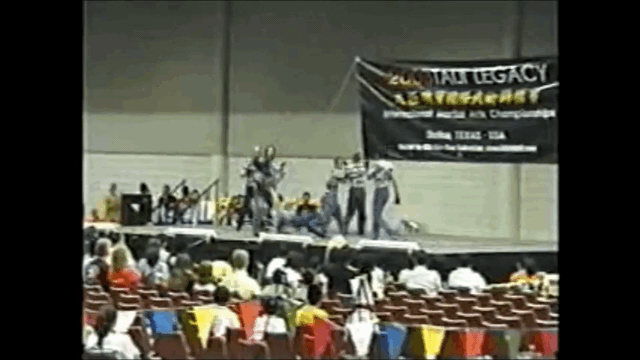isshinryuronin
Senior Master
I certainly agree with you that low horse (or other low stance) is best suited for grappling type moves due to its stability and low center of gravity. As for a base for striking or blocking? Dropping your body weight can add power in certain strikes (Ed Parker termed this "marriage of gravity").The low horse stance that you are talking about is used for grappling. I pretty much beat that into the dirt 24/7 and at every opportunity I get. I would tell this to anyone and have (and accidentally offended a sifu in the process). But I stand by what I've been able to do when using it during sparring and how that same concept of a low stance is used in other grappling arts. The only different between striking low stance and grappling low stance, is that I'm striking from the low stance.
The low horse stance is the only low stance that I know that allows me to punch, kick, and grapple from. But it's burns up leg energy like crazy and it's less mobile than higher stances. So with those downsides, it will allow you effectively deal with grappling
Karate forms seem to have some blocks and strikes that utilize a low stance, but many times this is a case of a block not being a block and a strike not being a strike. For example, the low X block is usually done in a low stance, but is actually, having grabbed the opponent, the act of throwing him down. And a punch that is done from a low stance can sometimes represent an arm break, while the passive hand anchors the wrist. Or, the punch is actually a punch executed while pulling the opponent in with the other hand.
So even though a form may appear to have strikes and blocks done from a low stance, some sort of grappling is usually being applied. This is common in Okinawan karate, but I suspect sometimes true in CMA and other MA as well. I'll leave it to practitioners of other arts to analyze their own forms and see if this kind of application may be valid.

